
 The Adia Tower ... now a distinctive landmark on the Abu Dhabi Corniche.
The Adia Tower ... now a distinctive landmark on the Abu Dhabi Corniche.
Work on the striking Abu Dhabi Investment Authority (Adia) Tower, which occupies a seafront location on Abu Dhabi Corniche, is nearing completion and is due for handover shortly.
The twin-tower project, which rises to a height of 185 m, achieved structurally completion in April last year. Over the past year, work has been progressing on cladding the tower in one of the most advanced curtain-walling systems in the region and on finishing works that merit its stature as a hi-tech building.
The project, which provides a total floor area of 113,731 sq m, includes two slim-profiled high-rises – one 38 storeys high and the other 33 storeys with one basement level. This new headquarters building will offer 73,000 sq m of office space, arranged in two curved wings on each side of a 17-storey atrium. The atrium is a gathering place for meeting and exchanging ideas.
Billowing sails and shifting sand dunes have inspired the curving forms of the tower, which creates a new and dramatic profile on Abu Dhabi’s skyline.
Standing adjacent to the towers is a seven-storey car-park, which will also house a rooftop leisure centre.
CRSS is the construction manager of the development, which has also drawn upon international expertise of firms such as Kohn Pedersen Fox Associates (International), the architect and Buro Happold, the consulting engineer.
The main contractor for the project is Arabtec-Samsung Engineering and Construction while Kharafi National is the MEP contractor.
Construction work on the project started in January 2001. The complex sits on a raft foundation and comprises a reinforced concrete frame with structural steel clad in double-glazing, curtained with automatic blinds and air-conditioning within the two glass panels. The curtain walling system from Schmidlin covers the entire facade of the two towers.
“The tower is unique and will stand out among the many high-rises on the Abu Dhabi corniche,” says an Adia official.
This challenging project with an investment outlay of some Dh500 million ($136.2 million) required a double Facade design in a complex structural geometry, to withstand extremely high wind pressures and climate.
According to Buro Happold, the design of the structure was subjected to a number of wind tests. Physical wind models were constructed to model the wind pressures on the tower.
Elaborating on these tests, a spokesman for the firm says: “The curved surfaces on the two wing tips of the models were fitted with distributed surface roughness to promote turbulent boundary layers in the body surface, thereby generating higher effective Reynolds number and reducing scale effects. In order to simulate the effects of the nearby built environment and topography, both models were set within a 1:300 scale block format replica of the surrounding city buildings and wider land/seascape. The wind testing was conducted on a turntable in BMT’s Environmental Wind Tunnel.



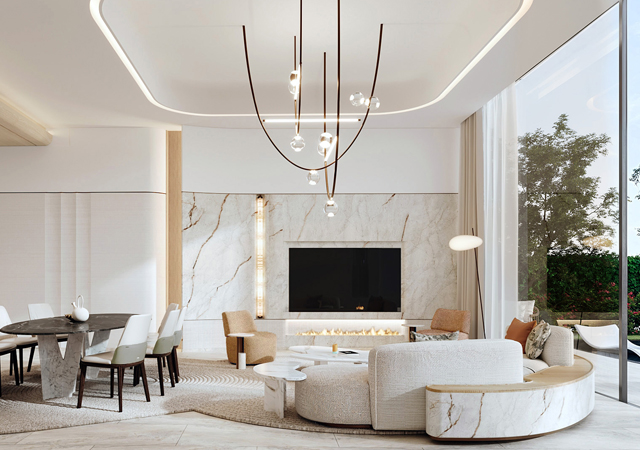
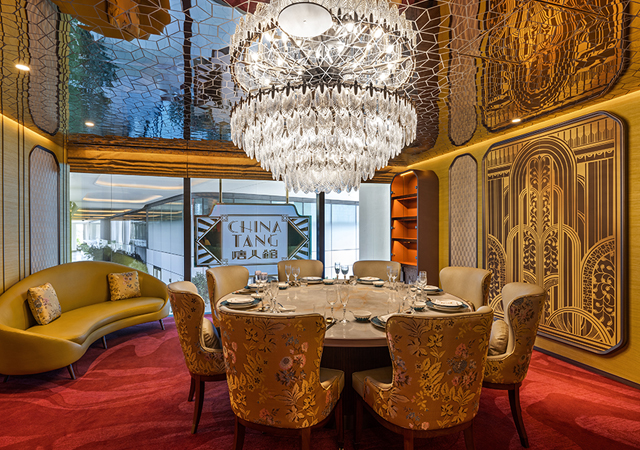
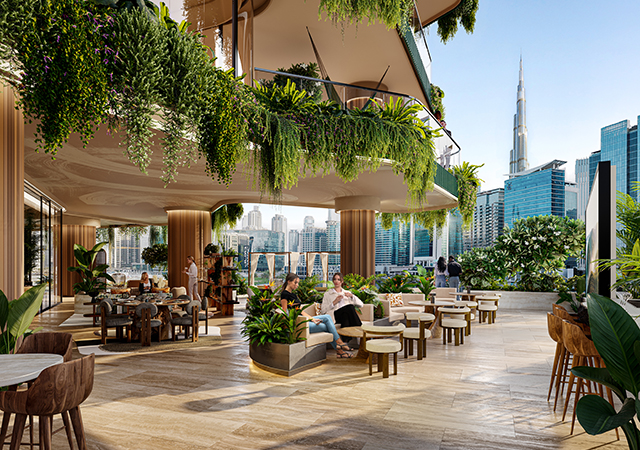
.jpg)
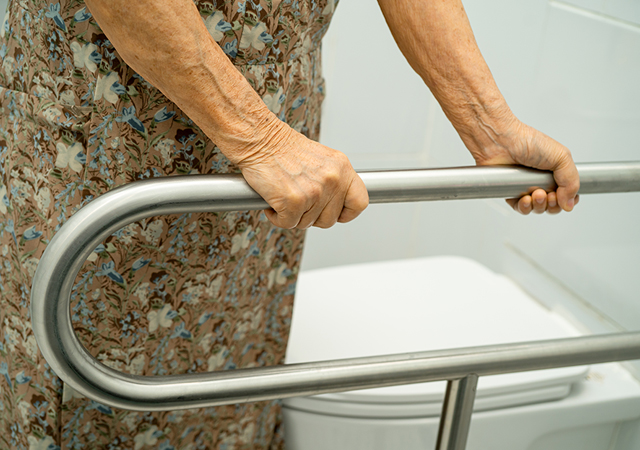

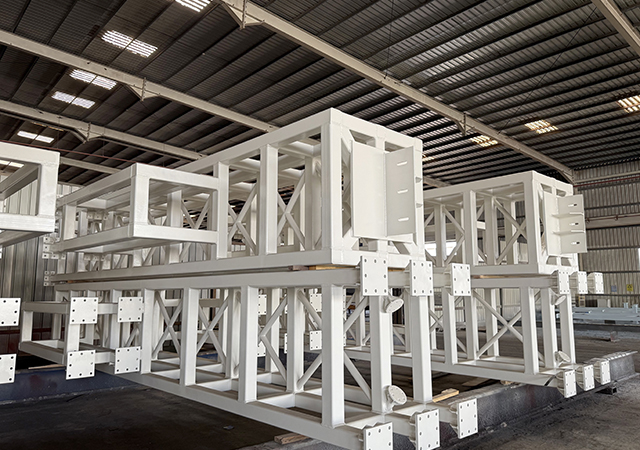




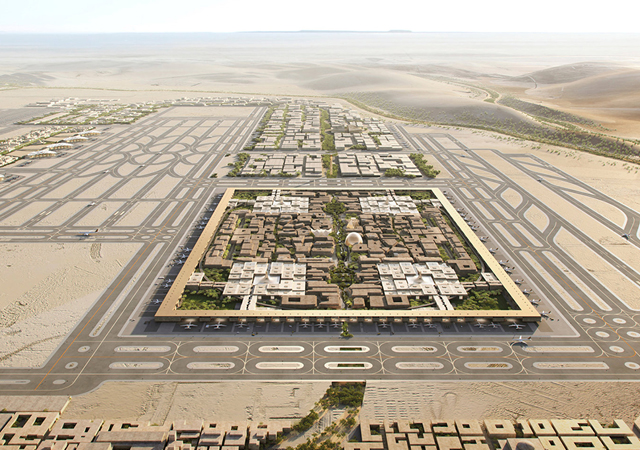
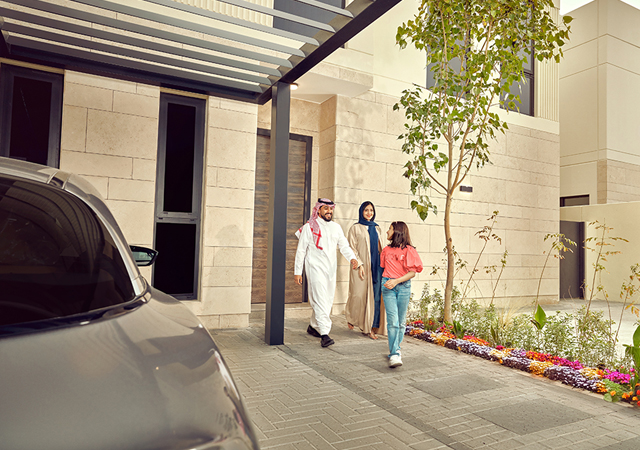
.jpg)
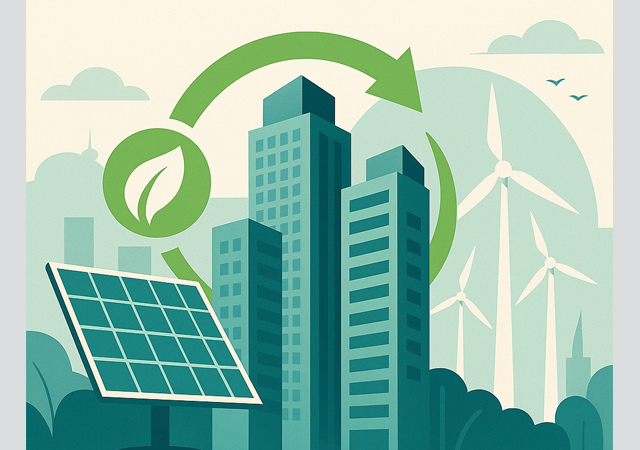



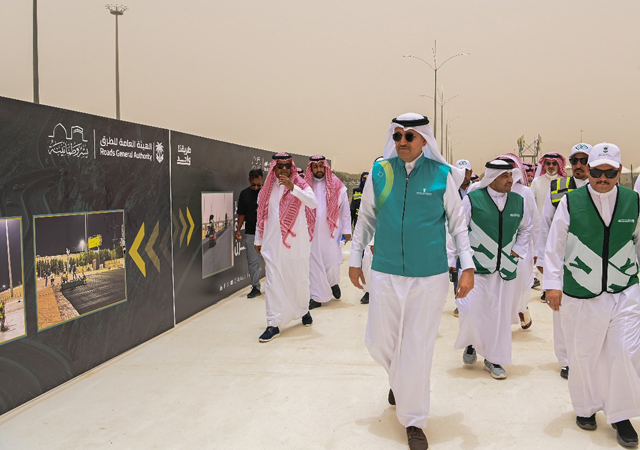

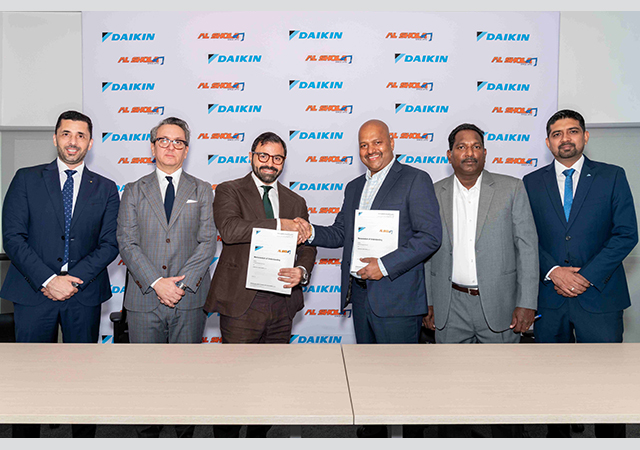

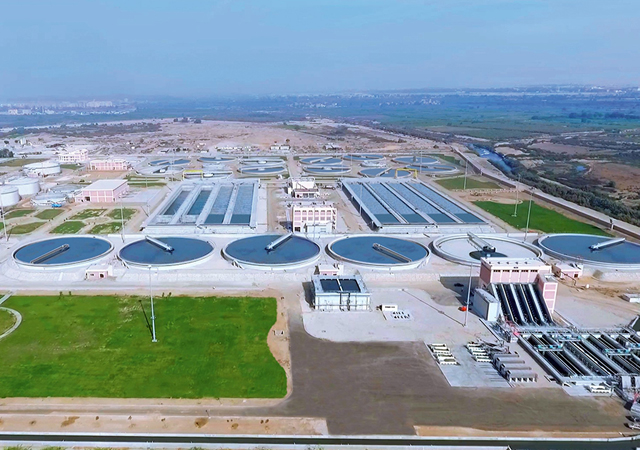
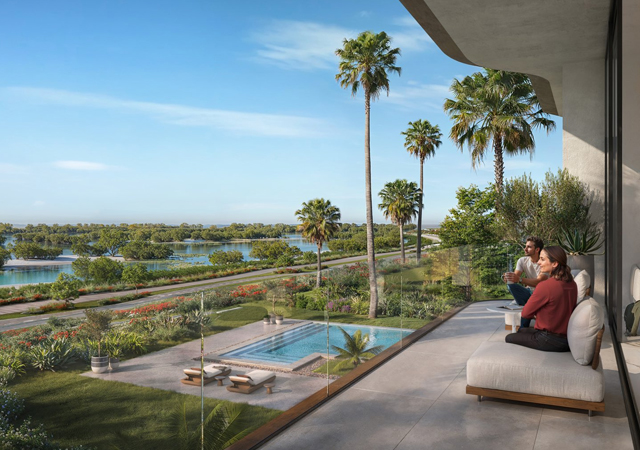
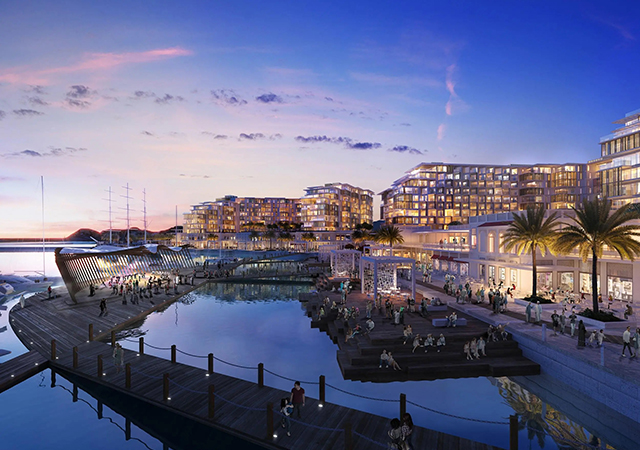

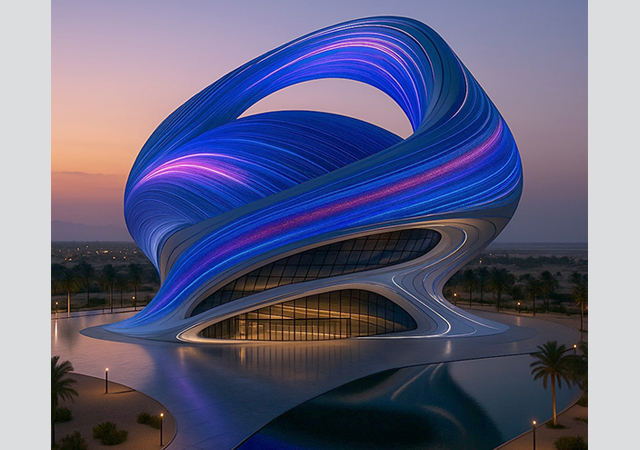

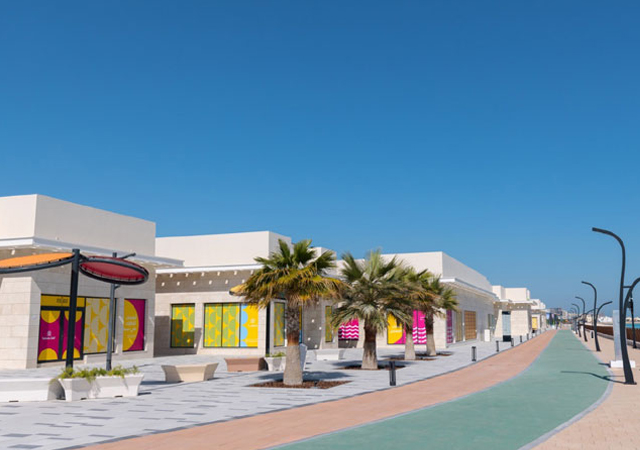

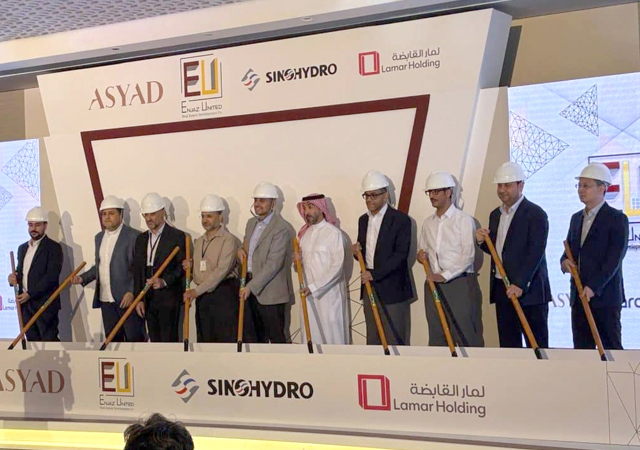
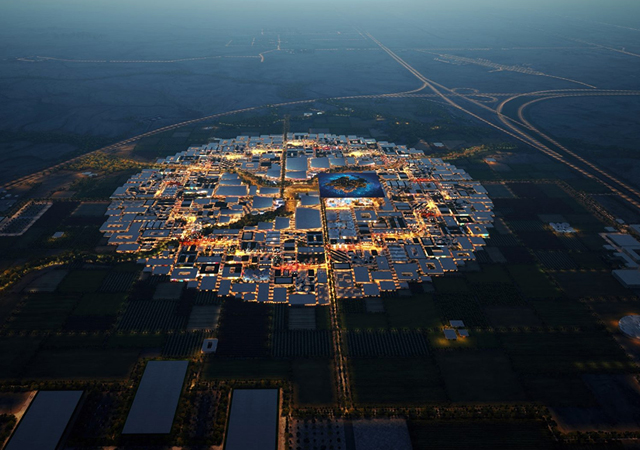
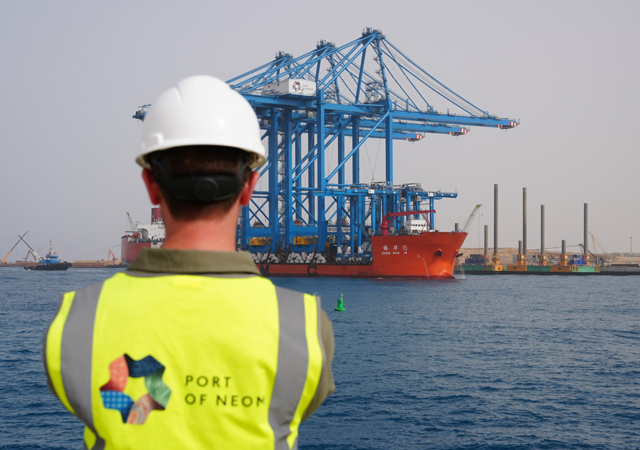
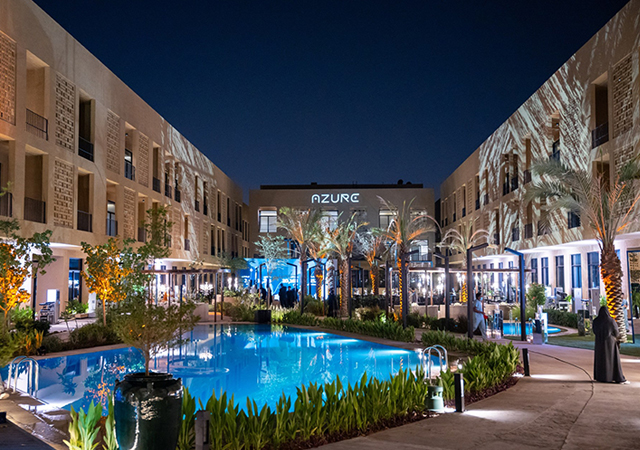
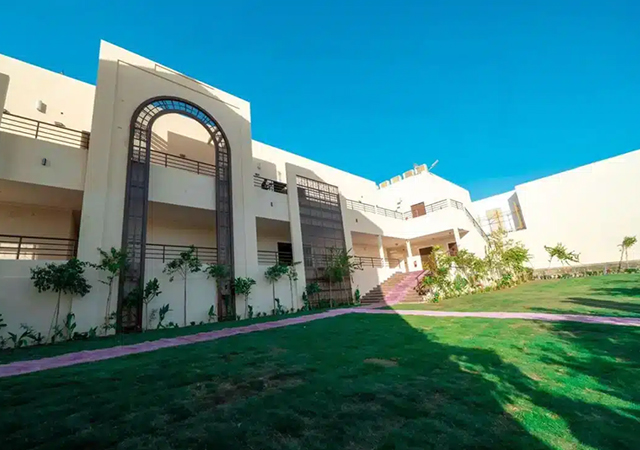


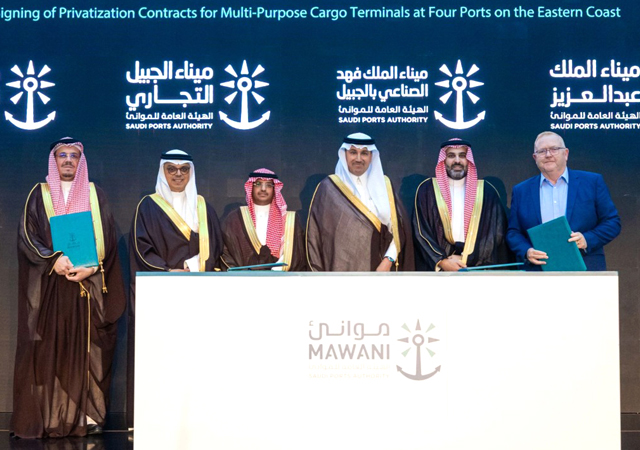
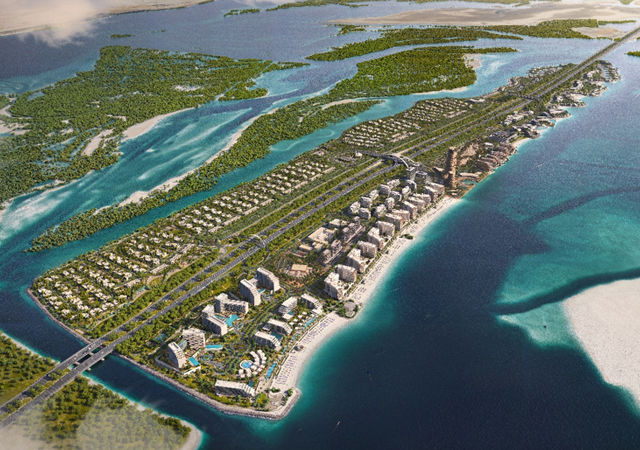

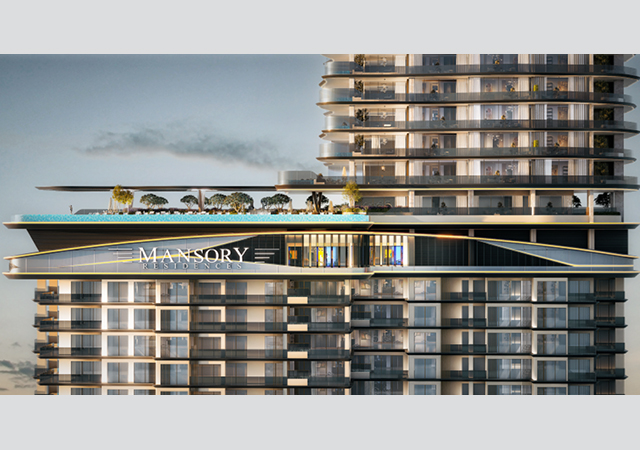
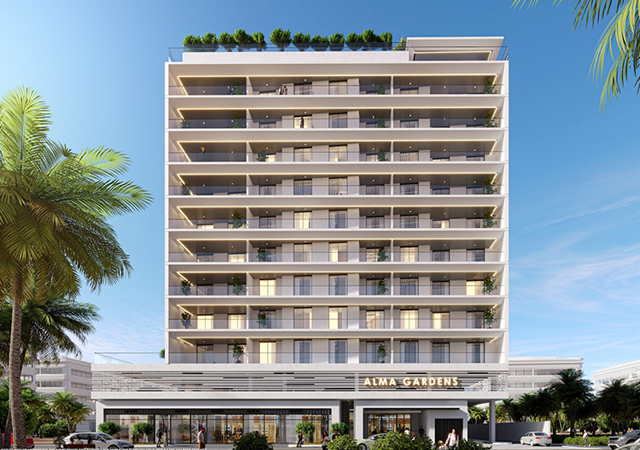

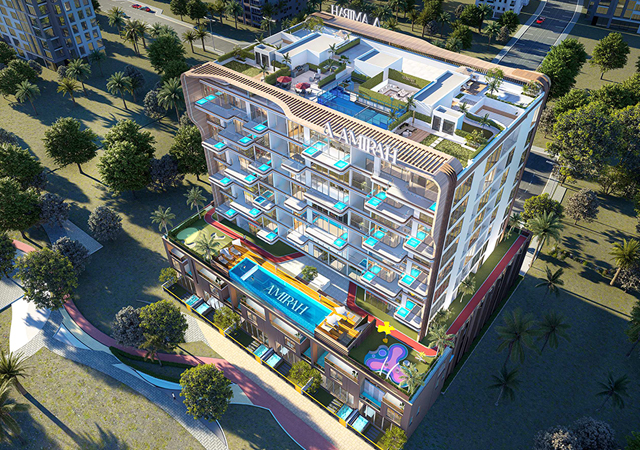
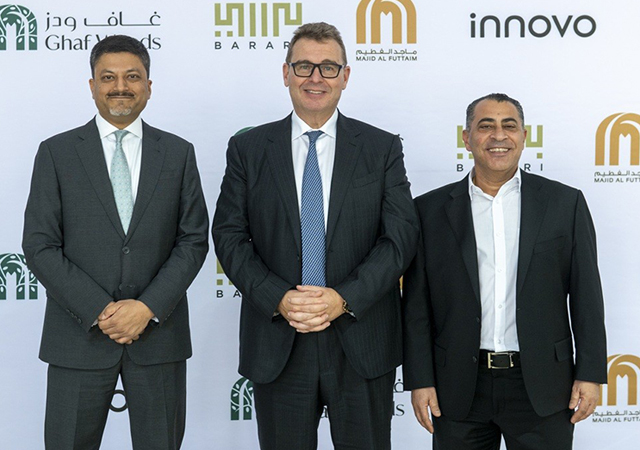
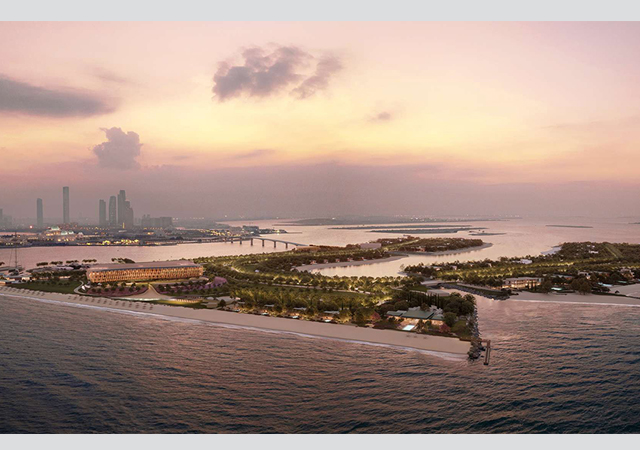
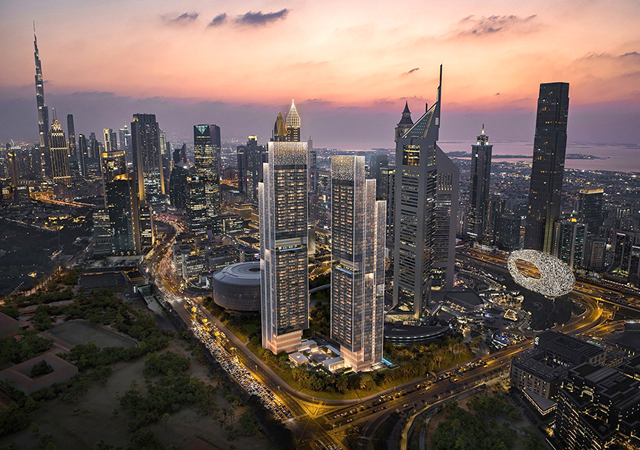
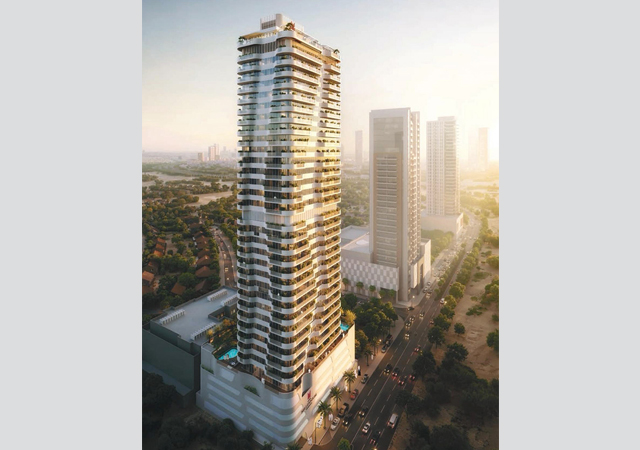
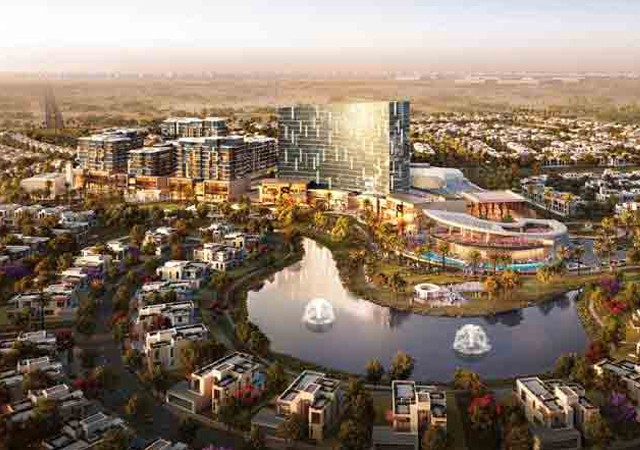
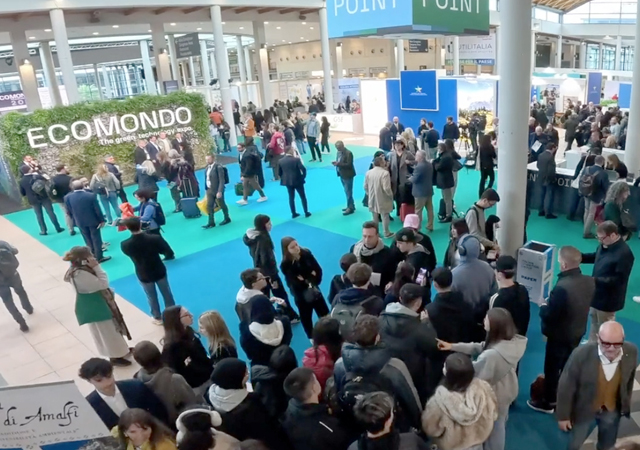
.jpg)




